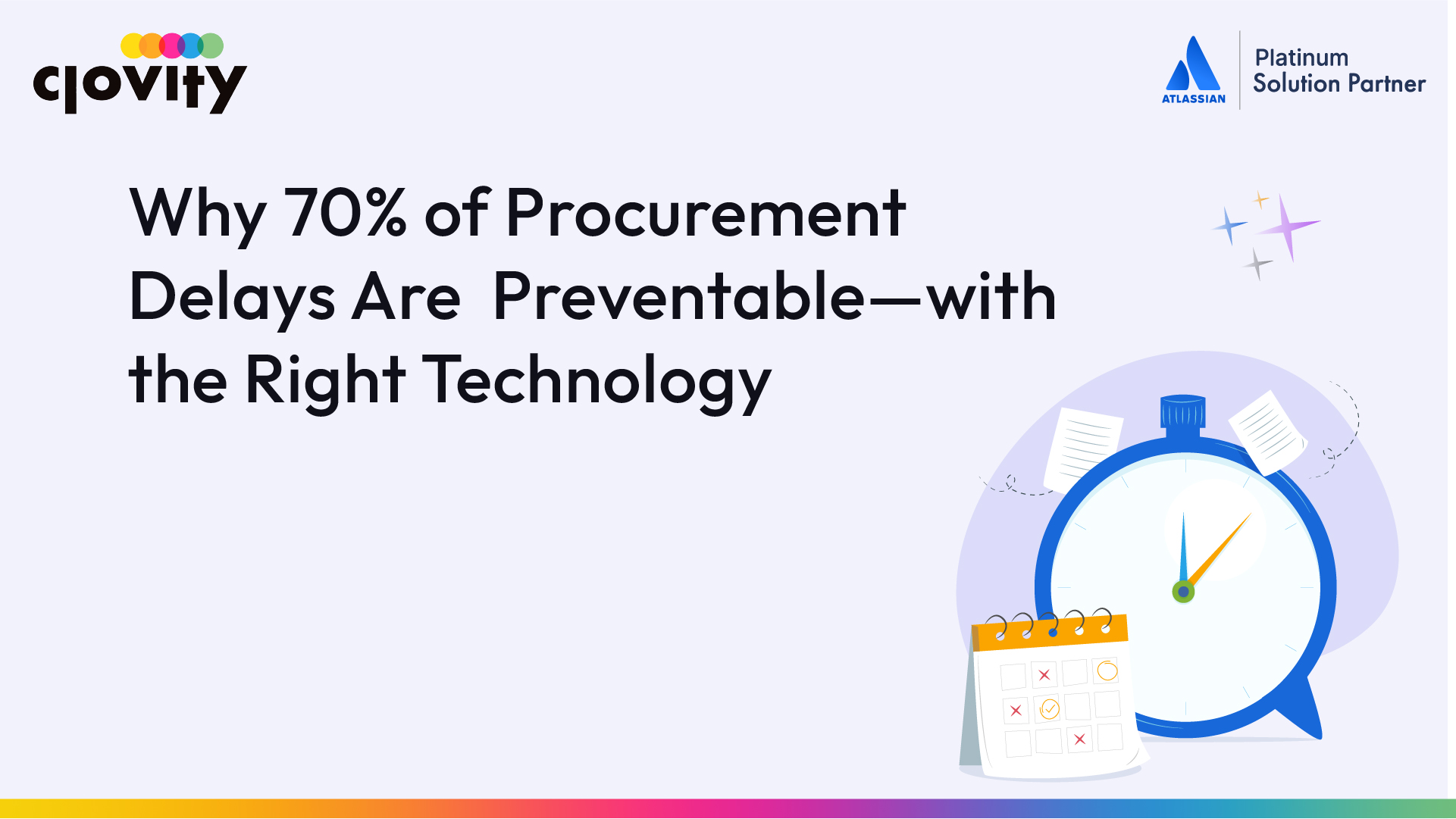Procurement in government is built on rules, collaboration, and documentation. While these structures are necessary, they often create delays—especially when teams rely on manual methods or disconnected tools.
But the surprising reality is that most procurement delays aren’t caused by complex regulations or external vendors. They’re internal. And they’re preventable.
Where Delays Typically Begin
Government procurement involves multiple departments: project teams requesting goods or services, legal reviewing contracts, finance validating budgets, and compliance ensuring the process aligns with policy. Each stage introduces the potential for slowdowns—but not all are unavoidable.
Here are the most common, preventable causes:
1. Unclear Task Ownership
When a request is submitted, who’s responsible for moving it forward? Without defined roles, it’s easy for approvals to stall. Requests often sit in limbo—not because someone said “no,” but because no one knew it was their turn to act.
2. Disorganized Communication
Procurement often relies on email threads and spreadsheets to track progress. This leads to missed messages, outdated versions of documents, and a lack of visibility into what’s been done—and what hasn’t.
3. Manual Workarounds
When teams use tools not built for procurement, they often create workarounds. This might mean manually updating spreadsheets, sending reminders, or chasing signatures—time-consuming tasks that could be automated or tracked more reliably.
4. Lack of Process Visibility
Without a shared system, it’s difficult for stakeholders to know what stage a procurement request is in. Delays are often only noticed when a deadline is already at risk.
How the Right Technology Helps Prevent These Delays
Tools like Jira help public sector teams build structure into procurement without adding unnecessary complexity. By turning processes into trackable workflows, delays become easier to avoid—and easier to fix when they do happen.
What Jira Offers
-
Clear, Assignable Workflows
Every step in the procurement process—submission, review, approval—can be assigned to the right individual or team, with built-in deadlines and status tracking. -
Centralized Information
All documents, notes, and approvals are stored in one place, so nothing gets lost across tools or inboxes. -
Real-Time Updates and Notifications
When someone completes a task or a request is ready for review, Jira notifies the next person. No more wondering who’s holding things up. -
Custom Workflows by Procurement Type
Different types of purchases may require different steps. Jira supports custom workflows that match the unique needs of your agency. -
Full Process History
Every action is logged—what changed, who approved, when it happened. This simplifies reporting, audit preparation, and internal reviews.
The 70% Figure: Why It Matters
Preventable delays aren’t just an inconvenience—they compound. One missed deadline can slow down entire projects, impact vendor relationships, and reduce overall efficiency. When agencies fix the internal issues that lead to these slowdowns, procurement moves faster without cutting corners or sacrificing oversight.
The result isn’t just better timing. It’s better procurement.
Contact us at sales@clovity.com or visit atlassian.clovity.com to get started today.


